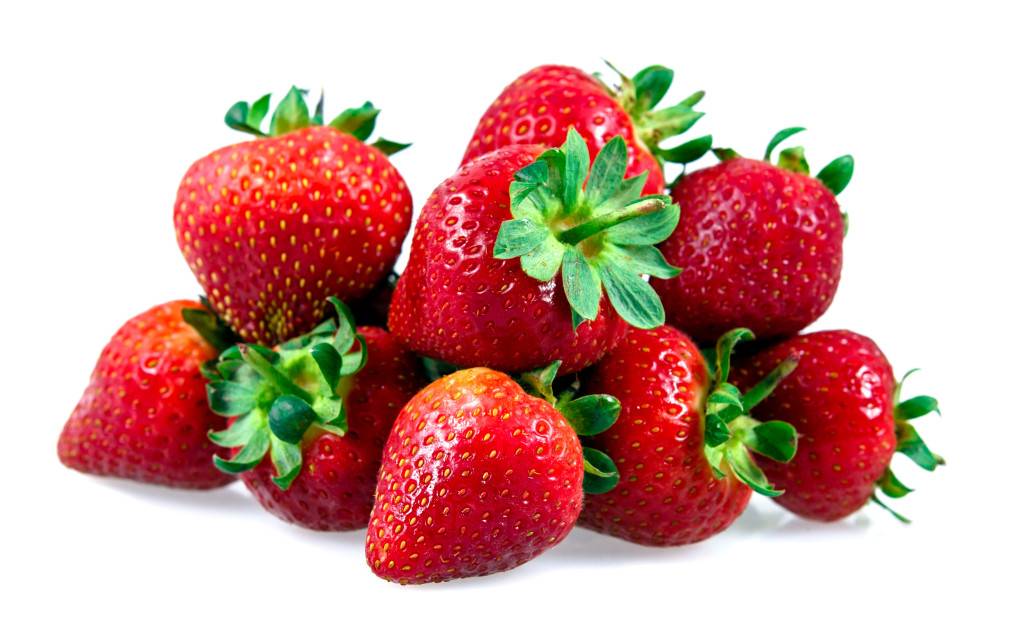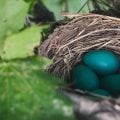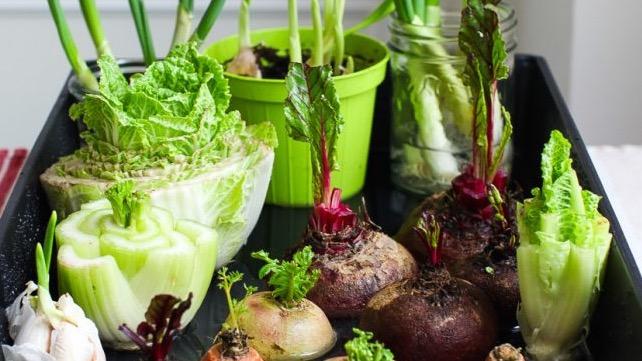This is just a sample of the great stories coming in our March Gardening Digest.
Long before the fat, juicy strawberries we know and love today were widely cultivated, the tiny wild strawberry (Fragaria virginiana) was coveted on both sides of the Atlantic for its exquisite flavour. In 1534, Jacques Cartier discovered vast patches of wild strawberries growing along the St. Lawrence River, although First Nations groups had already been harvesting and enjoying these sweet little delicacies for centuries.
 Wild strawberries have been credited with a variety of medicinal qualities and were believed to alleviate everything from melancholy and fainting to kidney stones, gout, stomach problems, fevers and throat infections. It’s doubtful that strawberries, wild or otherwise, are that much of a cure-all, but they are an excellent source of vitamin C, so they would have provided some protection against scurvy, a common affliction in the past.
Wild strawberries have been credited with a variety of medicinal qualities and were believed to alleviate everything from melancholy and fainting to kidney stones, gout, stomach problems, fevers and throat infections. It’s doubtful that strawberries, wild or otherwise, are that much of a cure-all, but they are an excellent source of vitamin C, so they would have provided some protection against scurvy, a common affliction in the past.
The first records of cultivated strawberries are lost in the mists of time, but many believe that the ancient Romans were the first to start growing them. It’s unlikely that those first berries were anywhere near as large and as luscious as those produced today, but during later centuries, strawberry horticulture spread throughout Europe and beyond. Cultivated strawberries first appeared in North America in the late 1700s, when the first hybrid, ‘Hudson’, was developed in the U.S. Strawberry horticulture has advanced by leaps and bounds, with new and better varieties being developed all the time. Strawberries were a favourite of the Victorians, who often grew them in their kitchen gardens, using them in everything from ice cream to strawberry shortcake, a perennial favourite. The strawberry’s popularity has never waned since.
A member of the rose family, wild strawberries make an excellent ground cover and are hardy in zones 3 through 10. In late spring, they typically put forth white flowers, which last up to two months. The berries come after. There are several red varieties, as well as those that produce white berries.












